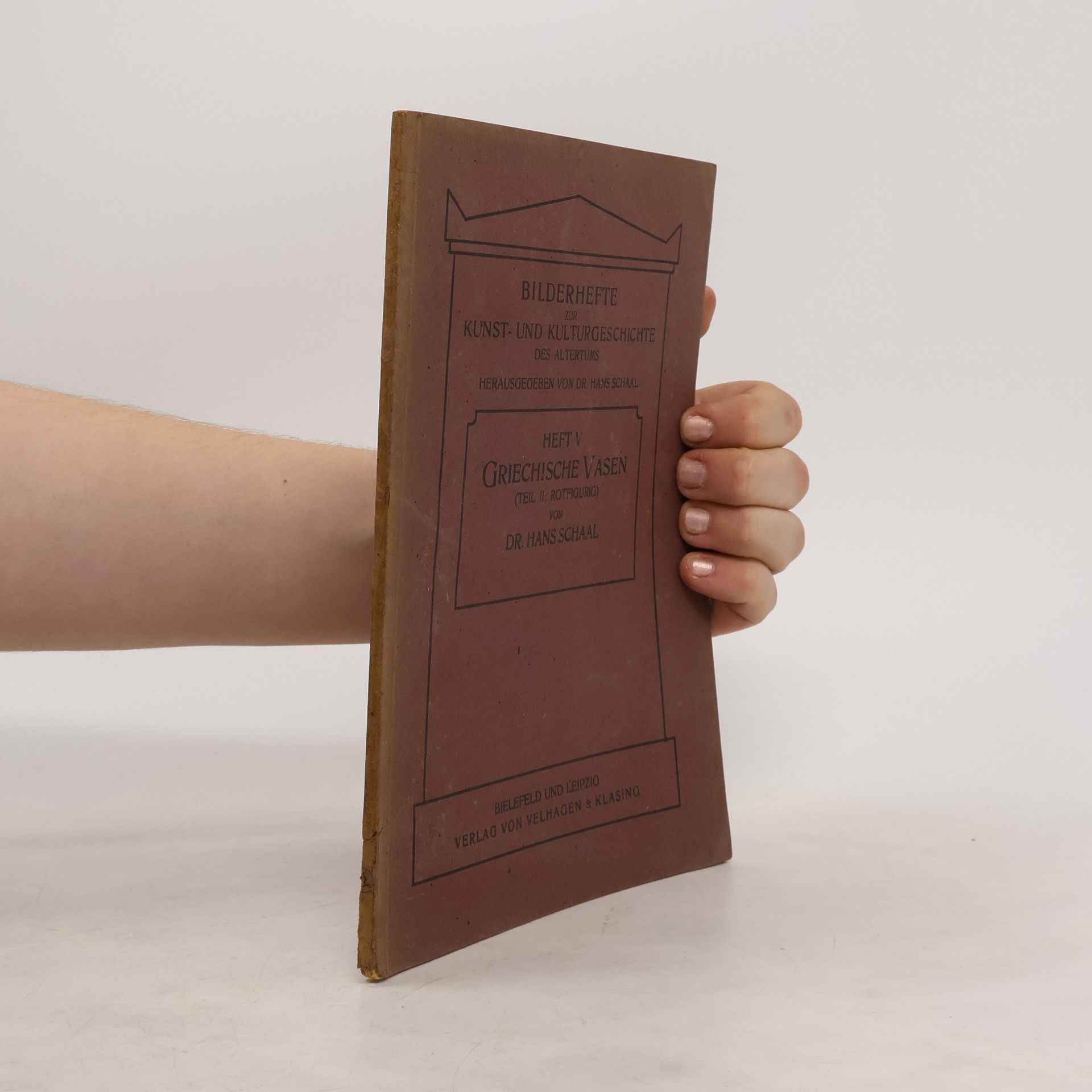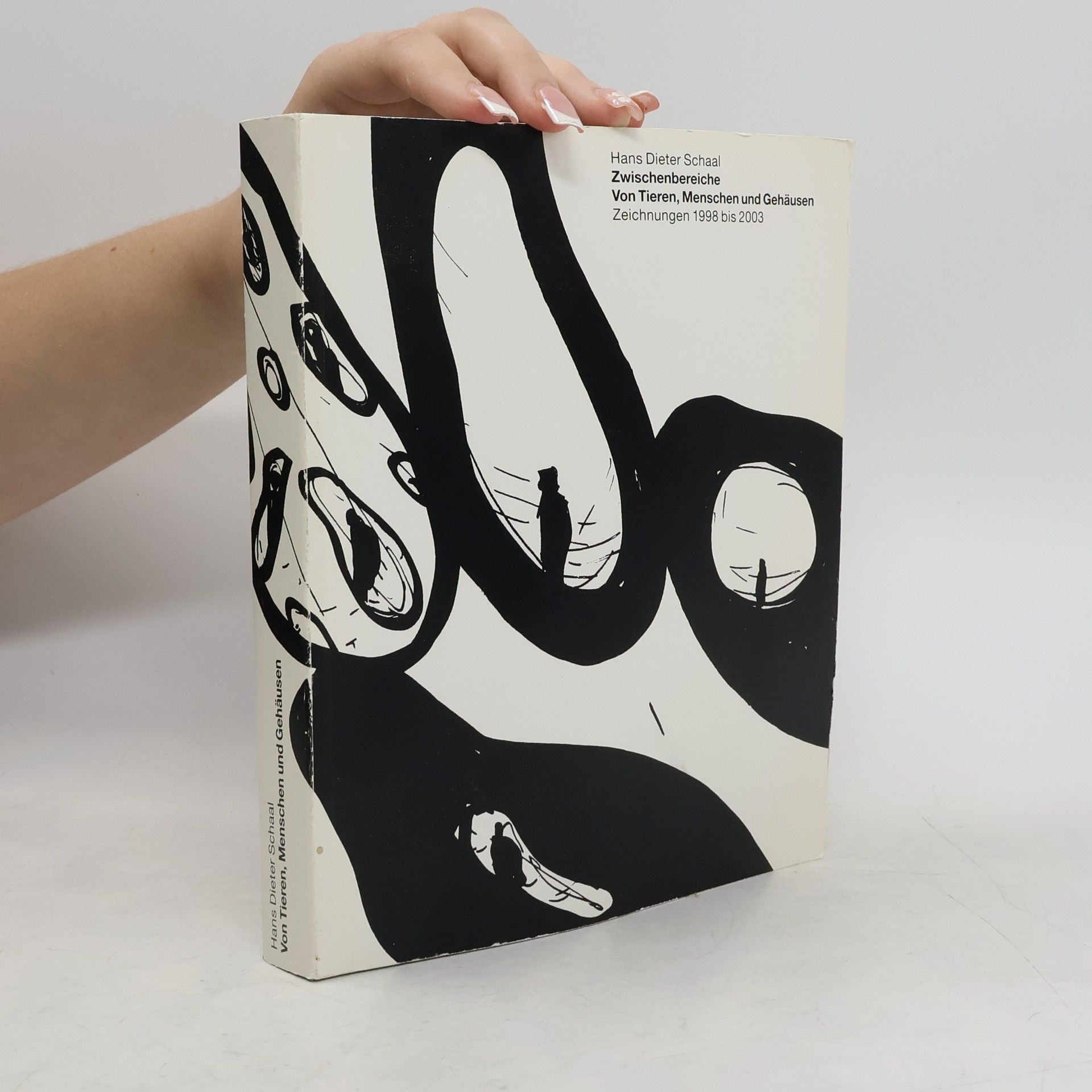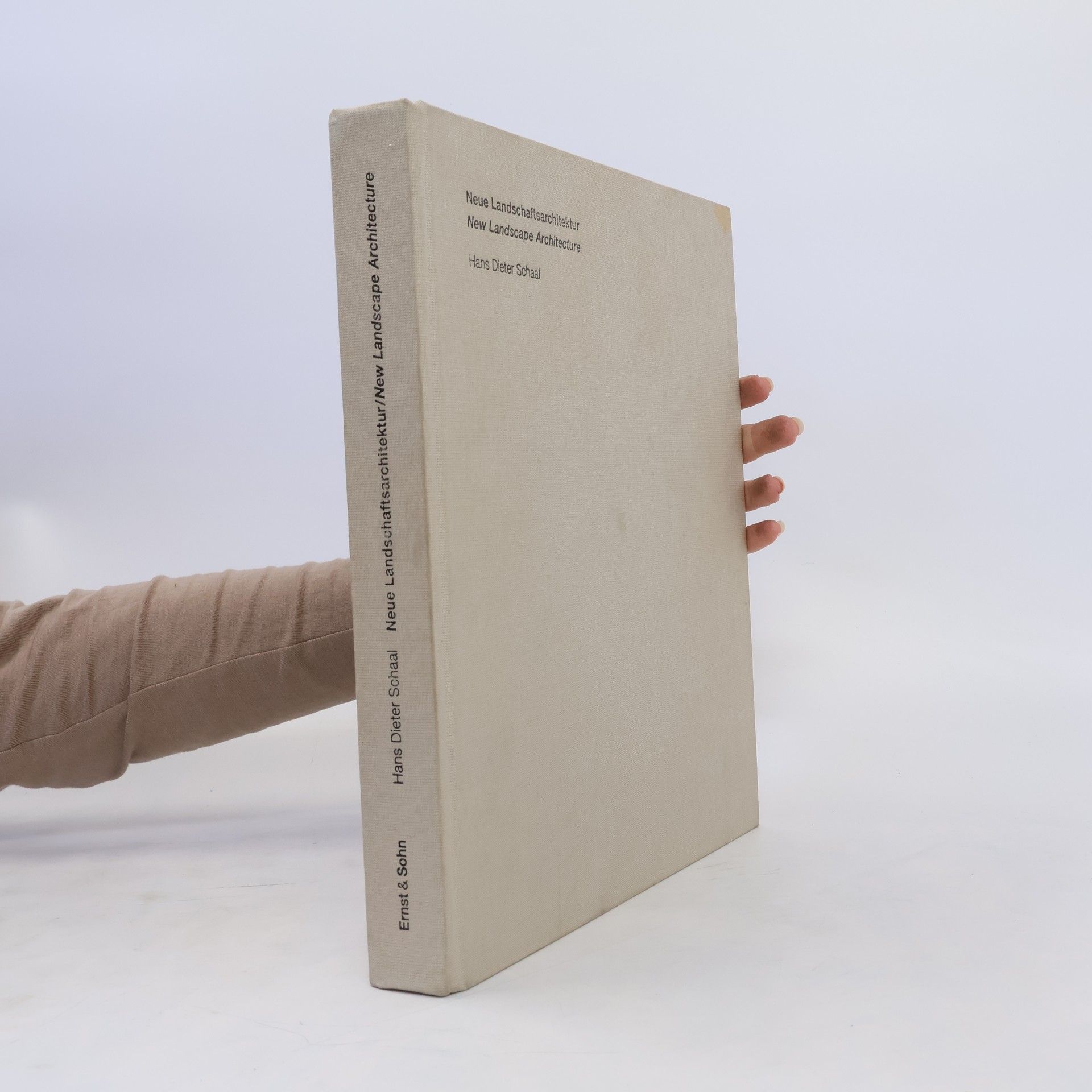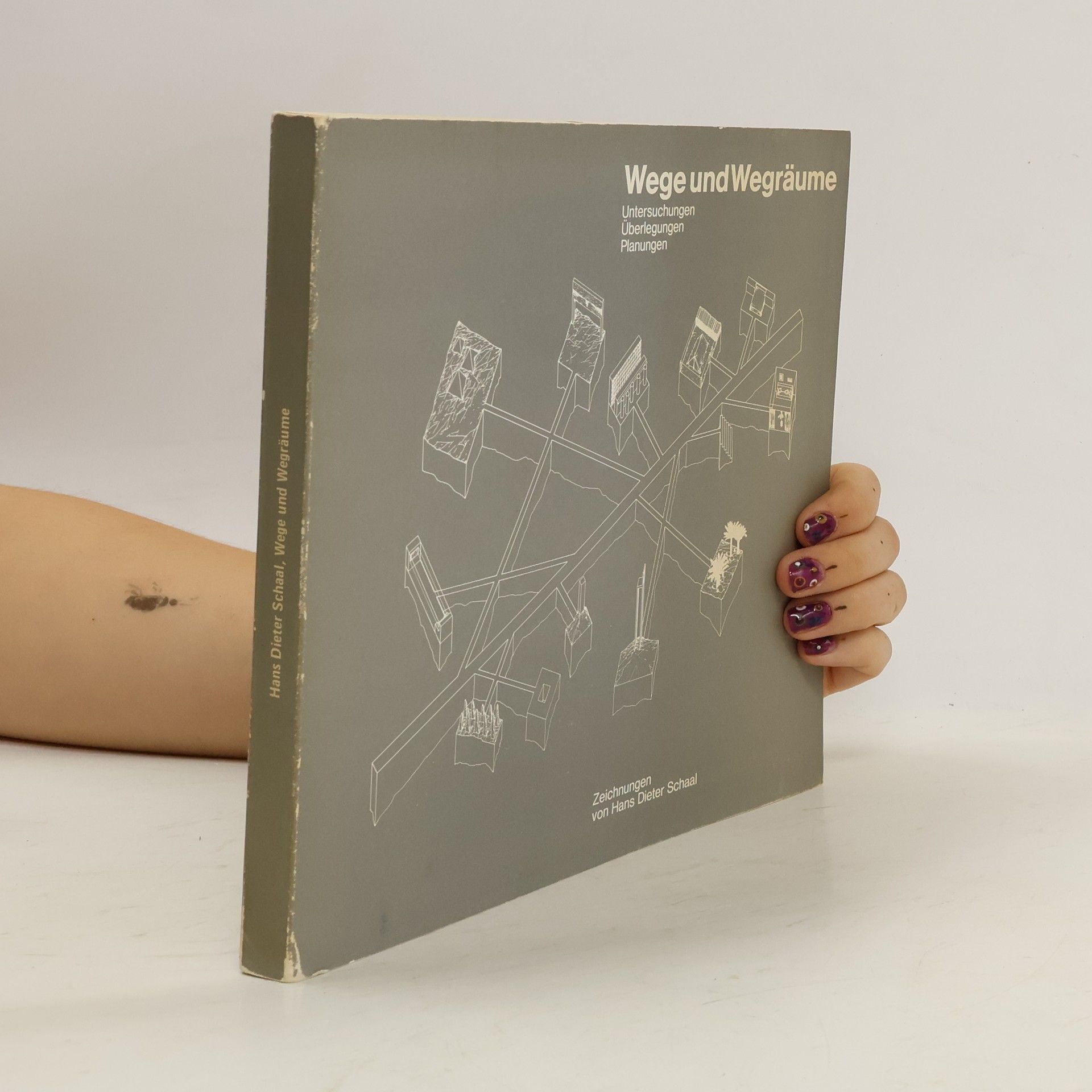Wege und Wegräume
- 120pages
- 5 heures de lecture






Ausstellungsdesign / Exhibition Design
Play-acting and opera may seem disconnected from everyday life, yet they embody a profound artistic expression that resonates with us through time. Opera, in particular, is an art form where reality is distilled, allowing us to connect deeply with the emotions of characters like Orpheus, who mourns Eurydice in Monteverdi’s L’Orfeo. As we engage with these performances, we become empathetic companions to figures such as Wozzeck, Tosca, and Tristan, reflecting on the joys and struggles of our own lives. The success of an opera hinges on the collaboration of dramaturges, actors, singers, dancers, directors, stage designers, and technicians. Stage designers play a crucial role, often being pivotal to a performance's impact. Hans Dieter Schaal, known for his work across major German and international theaters, creates stage settings that leave a lasting impression due to their visual strength. This book showcases Schaal’s work from 2001 to 2021, following a previous volume covering 1982 to 2000. It features an array of large-format photographs and design drawings, complemented by Schaal’s insightful texts that explore his creative process and offer fresh perspectives on the operatic works.
Zeichnungen 1998 bis 2003
In his note to the 1994 edition of Neue Landschaftsarchitektur, Geoffrey Jellicoe likens my drawing considerations to the works of Paul Klee. While this may seem lofty, it reflects my approach to art and design, which transcends the mundane and functional aspects of everyday spaces. Klee's assertion that "Art does not reproduce the visible, but makes visible" resonates with my belief that architectural challenges and solutions are inherently multi-layered, akin to pure works of art. Each building encapsulates and reinterprets its architectural, urban, and landscape context, whether it appears as a striking intervention or a subtle enhancement. My focus encompasses the past, present, and future of urban and landscape sites, integrating archaeological methods with functional needs and imaginative, sometimes utopian visions. I reject the notion that architecture is merely necessary while art is superfluous. Navigating the complexities of design often leads to challenges with the superficial aspects of nature and urban life. Consequently, my architectural and visual outputs have been limited, and I find myself increasingly drawn to stage design and other creative fields. Currently, the ecological movement overshadows the dialogue between art and architecture, prioritizing sustainability over aesthetic considerations. This raises concerns about the future of building culture and the potential for our cities and landscapes to be tra